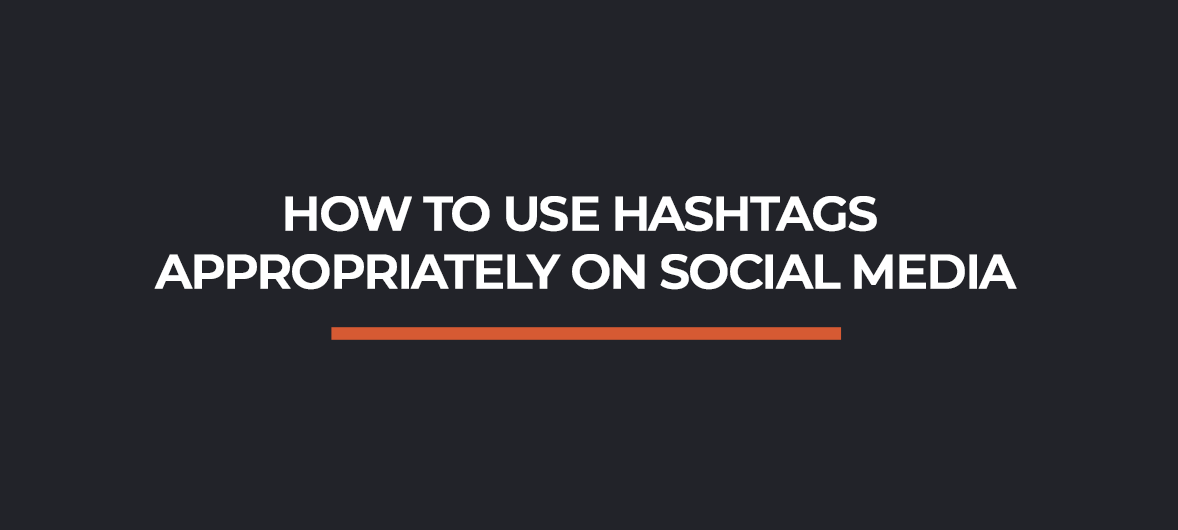Why respond to customer reviews in the first place?
It’s important that you respond to the reviews that are left about customer experiences, but why is it needed? It shows that there’s a face behind your business who cares about the opinion of their consumers.
It also indicates that you’re willing to learn from the things that are said so that improvements can be made. Some of the topics that could come up in a customer review, depending on the industry you work in, could include:
- The quality of your products and/or services
- Stock availability
- Customer service experiences
- How your staff carry out their roles
- The usability of your website
- Accuracy of content you’re producing

How to respond to positive reviews in 4 simple steps
Step one: show appreciation by thanking the customer who left the review
The satisfied customer has taken time out of their day to write a positive review about your business in the hope that others will see it and, in turn, give you their custom also. The least you can do in this case is thank them for leaving such a positive comment regarding their experience with you, whether they’ve bought a product or used a service.
Acknowledgement of their custom helps to build trust and reliability as well as do wonders with regards to brand advocacy. It’s considered to be more of a mistake to not reply to a positive review than it would be to simply reply and show appreciation for their kind comments. It makes it more likely that they’ll use your business again and leave another good review detailing their experience.
Step two: include your company name & some keywords
Try to incorporate your business name, the product you’re selling or service you’re offering and the location you’re in or are able to serve within your response to a positive review. Adding keywords and your business name will help to expose your company to others who are searching for something you’re pleased to offer.
So far, your response should look something like this, for example:
“Hi [name]. Myself and my team here at [business name] would like to thank you for your positive feedback. We’re pleased to provide our customers throughout [location] with [product or service]”.
Step three: incorporate it into your marketing strategy
It should always be kept in mind that your response, much like the review you’re replying to, is public and will be read by those who are wondering whether to use your company or not. As such, you should use this as an opportunity to market your company. One of the best ways to do this is to make the customer aware that you have promotional offers available or a loyalty card with great rewards for repeat custom.
It’s not too difficult to add this sort of thing to your response. You could take the example response given above and add a marketing aspect to the end of it, such as:
“Hi [name]. Myself and my team here at [business name] would like to thank you for your positive feedback. We’re pleased to provide our customers throughout [location] with [product or service]. Did you know, we have 50% off [product or service] right now? It’s an offer that will last until [date], if you’re interested”.
Step four: provide the customer with an incentive to buy from you again
In response to the positive review that was left, you could request something from the customer who left you with great feedback. As they’re already happy, satisfied customers, they’ll, usually, be more than willing to help you out further, but make sure it’s not something that is time-consuming or asks too much of them.
You could request that they ‘like’ your Facebook page or that you’d appreciate it if they could tell their friends and family about what you have on offer. With all of the aforementioned incorporated into your response to positive customer reviews, it should look something like this:
“Hi [name]. Myself and my team here at [business name] would like to thank you for your positive feedback. We’re pleased to provide our customers throughout [location] with [product or service]. Did you know, we have 50% off [product or service] right now? It’s an offer that will last until [date], if you’re interested. We would also appreciate it if you could tell your friends and family about the [product or service] we have available, thank you.”
How to respond to negative reviews in 3 simple steps
Step one: start by apologising for their experience & be sympathetic
Much like with a positive review, you should acknowledge what it is the customer is saying and quickly apologise and sympathise with their experience. It can be easy to become defensive when it comes to receiving criticism about your business, but you should look at it as being more constructive than destructive.
It isn’t anything personal and that’s something you should keep in mind when coming across reviews that are negative. So with this in mind, apologise for the experience they had and give it a sympathetic spin. It makes the customer feel as though they have been taken seriously and that you’re willing to act on the feedback they have given to you in order to improve things for other customers.
Step two: take advantage of it, to an extent, marketing-wise
Unlike with a positive review, you should refrain from including your company name and keywords in response to a negative review. However, you can still use it to a marketing advantage, if done correctly.
Within your response, make sure your disgruntled customer is aware that your company doesn’t make a habit of something they’ve complained about and that, if they returned, their experience would be better with the improvements made as a result of the feedback received. For example, you could include something along the lines of;
“We’re not in the habit of serving cold food in our establishment and we regret that, on this occasion, you experienced this with us.”
Step three: propose to privatise the conversation
The next step would be to try and move the conversation away from the public eye. You should respectfully ask them to email you or message you directly on the platform where the review was left. This should be carefully worked into your response so as not to give the impression that you’re trying to cover up the bad review that was left. As such, your response should read something like:
“Hi [name]. I am sorry to hear that your recent visit to us wasn’t up to par with our usual standards. We’re not in the habit of serving cold food in our establishment and we regret that, on this occasion, you experienced this with us. My name is [name] and I’m the [job role/title]. We are dedicated to improving our services and this has highlighted something we need to work on. We are more than happy to discuss the issue with you further in order to ensure this doesn’t happen again. Please contact me at a time to suit you using [telephone number/email address].”
Conclusion
Andy Morley is pleased to offer SEO, PPC and website content services to a wide range of industries across the UK. Whether you need a new website, require the migration of an existing one or need your content rewriting to improve rankings, leads and sales, Andy will be able to deliver exceptional results every single time. For more information, get in touch today.




















